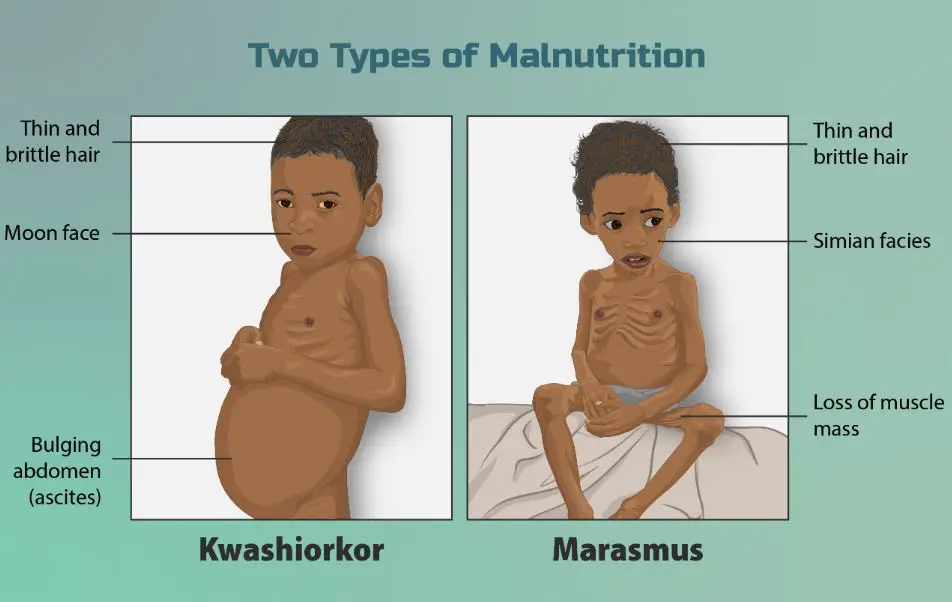Table of Contents
Introduction:
The recent "Summit on Peace" that took place in Burgenstock has garnered attention due to its ambitious goals of bringing together over 90 countries to discuss pressing global issues, particularly the conflict between Russia and Ukraine. Despite some successes, the summit faced challenges, with notable absences from key players like Russia, China, and India. Let’s delve deeper into the outcomes of this summit and the implications it holds for global peace efforts.
Outcome of the Summit:
The summit managed to convene leaders from over 56 countries and secure joint communiqué signatures from 82 countries and organizations. The focus was on ending the conflict between Russia and Ukraine, emphasizing sovereignty, territorial integrity, and adherence to international law. The areas of nuclear safety, food security, and prisoner exchange were highlighted as key points of agreement among participants.
For example, Ukrainian President Zelenskyy hailed the summit as a "historic victory", particularly in the areas of prisoner exchange and food security. However, the absence of key players like Russia and China cast a shadow over the summit’s overall success.
Challenges Faced:
One of the major hurdles faced by the summit was the absence of Russia, a crucial player in the conflict with Ukraine. Organizers opted for a one-sided approach, excluding Russia and building negotiations solely on the Ukraine Peace Formula and UN resolutions. This limited the potential impact of the summit and hindered progress on key issues.
Furthermore, the failure to secure China’s participation, a key influencer in Russian affairs, raised concerns about the summit’s efficacy. The lack of support from BRICS members also highlighted the limited reach of the summit among emerging economies.
India’s Role and Decision:
India’s decision to attend the summit but abstain from endorsing the outcome demonstrates its delicate diplomatic balancing act. India, as a close partner of Russia and a key player in the Global South, faced pressure to take a stance on the conflict but opted to maintain neutrality.
While India did not sign the joint communiqué, its presence at the summit showcased a willingness to engage in peace efforts. By sending a delegation led by the Secretary (West) in the External Affairs Ministry, India signaled its interest in future inclusive dialogues involving all stakeholders, including Russia and Ukraine.
Summary:
The "Summit on Peace" in Burgenstock brought together a diverse group of countries to address global conflict issues, particularly the conflict between Russia and Ukraine. While the summit achieved some success in areas like prisoner exchange and food security, the absence of key players like Russia, China, and India poses challenges for future peace initiatives.
India’s decision to attend the summit but not endorse its outcome reflects a delicate diplomatic balancing act in navigating global conflicts. Moving forward, inclusive dialogues involving all stakeholders will be crucial for advancing global peace efforts.
In conclusion, the summit serves as a reminder of the complexities involved in addressing global conflicts and the importance of collective efforts towards peace and security.
Significance
The Summit on Peace held in Burgenstock was significant as it brought together more than 90 countries to discuss the ongoing war of the Russian Federation against Ukraine. The final joint communiqué signed by 82 countries and organisations called for an end to the conflict, highlighting the importance of sovereignty, territorial integrity, and adherence to international law.
Features
The summit focused on areas of broad understanding such as nuclear safety, food security, and the exchange of prisoners of war and displaced Ukrainians. However, the event was criticised for its one-sided approach in not inviting Russia and basing negotiations on the Ukraine Peace Formula and UN resolutions.
Objectives
The main objective of the summit was to bring together a diverse group of countries, particularly from the Global South, to work towards ending the conflict between Russia and Ukraine. The organisers aimed to create a platform for dialogue and collaboration to achieve peace and stability in the region.
Effects
The summit had mixed effects, with some countries hailing it as a historic victory while others criticized it for its shortcomings. The absence of key players like Russia and China, as well as the lack of endorsement from BRICS members, highlighted the challenges in achieving a comprehensive resolution to the conflict.
Pros
One of the pros of the summit was bringing together a large number of countries to discuss the conflict and work towards solutions. It also put the spotlight on important issues such as nuclear safety and food security, raising awareness on global challenges.
Cons
On the other hand, the summit was criticized for its exclusionary approach in not inviting Russia and failing to convince key players like China to participate. The outcome of the summit was seen as limited in its impact, particularly among emerging economies like BRICS members.
Brief Summary | UPSC – IAS
The “Summit on Peace” in Burgenstock brought together more than 90 countries, with 56 leaders present. The joint communiqué called for an end to the conflict between Russia and Ukraine and emphasized nuclear safety, food security, and the exchange of prisoners. However, the summit lacked ambition due to its exclusion of Russia and failure to convince China to attend. India, a key player, attended but did not endorse the outcome, citing its balanced approach to the conflict. Despite some successes, the summit fell short of its goals for inclusivity and impact.









